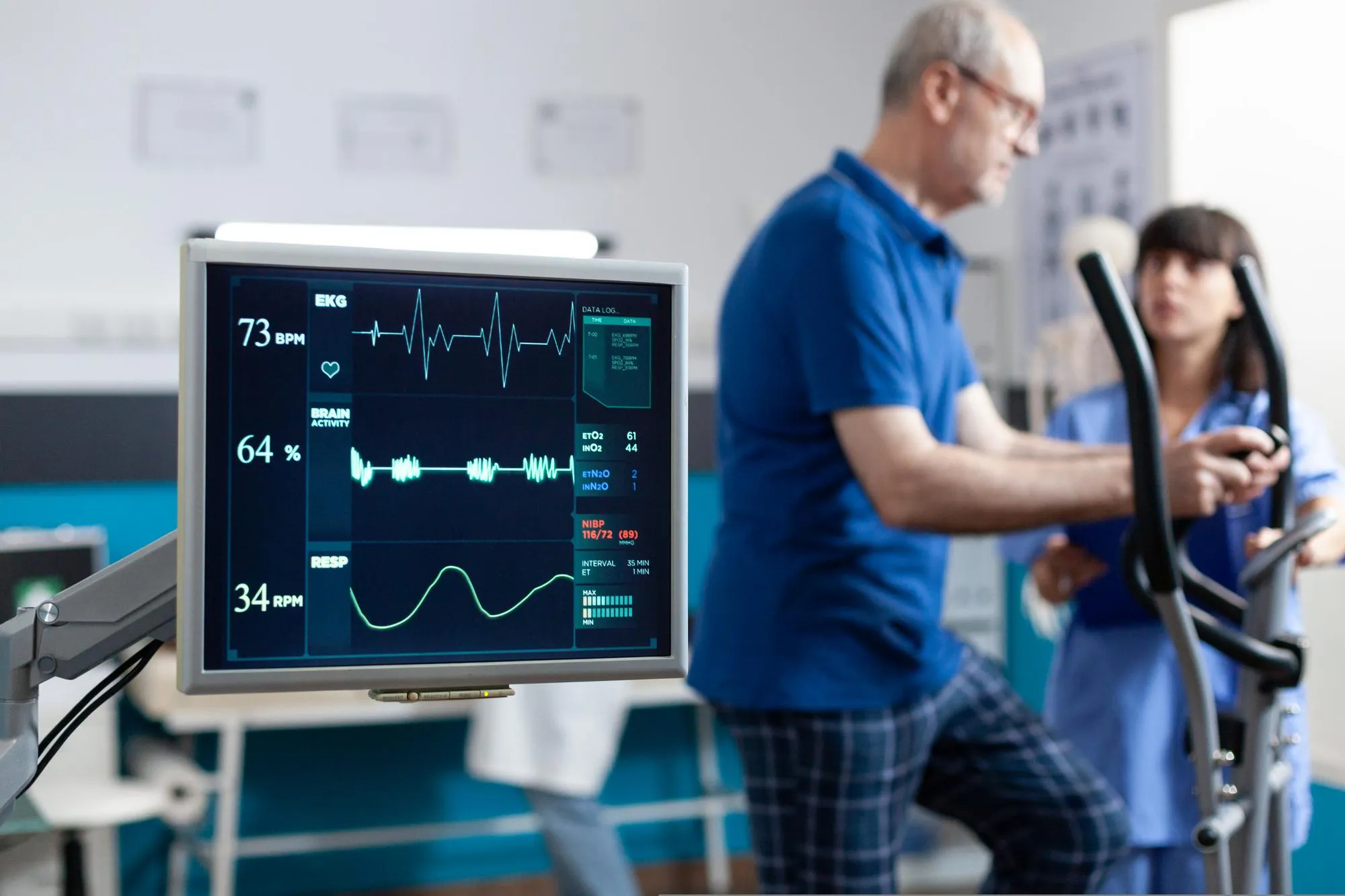Researchers have fervently sought after a means to enhance the diagnostic precision in cardiac care, and a recent study published in “Ultrasound in Medicine & Biology” may pave the way for groundbreaking progress in this arena. The study, led by Louis S. Fixsen and colleagues from the Cardiovascular Biomechanics department of the Eindhoven University of Technology, provides a comprehensive analysis of echocardiographic assessment of left bundle branch-related strain dyssynchrony, comparing the outcomes with those obtained through tagged magnetic resonance imaging (MRI-T).
Cardiac resynchronisation therapy (CRT) has emerged as a beacon of hope for patients suffering from heart failure and ventricular conduction disorders such as left bundle branch block (LBBB). A critical factor dictating the success of CRT lies in the ability to accurately gauge myocardial strain, essentially the heart muscle’s mechanical deformation during the cardiac cycle. Speckle tracking echocardiography (STE) is a technique that has demonstrated promising results in predicting patient response to CRT. This non-invasive, sophisticated imaging modality tracks speckles or naturally occurring acoustic markers within the heart’s ultrasonic images to assess cardiac function dynamically.
The study under scrutiny contrived an environment emulating conditions of LBBB induction in canines, allowing for a controlled observation of strain patterns using both ultrasound and MRI-T techniques. This comparative analysis focused on circumferential strain, an essential parameter for understanding myocardial mechanics, by analyzing the heart’s movement in the left ventricular short-axis view.
Encompassing eight subjects pre-LBBB induction and nine post-induction, the research team meticulously executed strain analysis using two-dimensional ultrasound data alongside data from MRI-T.
The ultrasound-based (US-based) strain analysis leveraged different computational methods such as “Commercial software,” “Basic block-matching,” and “regularised block-matching.” Additionally, the investigators employed and contrasted three regularisation techniques to refine the process. In contrast, MRI-T analysis was performed utilizing a method named SinMod.
Crucially, the study evaluated the normalized regional circumferential strain curves based on standard six or septal/lateral segments to cross-correlate with the MRI-T data. Metrics such as systolic strain (SS) and septal rebound stretch (SRS), indicative of the heart’s contractility and potential dysfunctions, were calculated and juxtaposed amongst the varied analysis methods.
The results are promising and point towards a good agreement between all the ultrasound methods when examining the normalized circumferential strain on both a global and regional level. All STE methods indicated a predisposition towards overestimating SS measurements, with a noticeable bias (≥4% strain) identified.
Illustrating the potential in pre-LBBB conditions, the correlation between the basic and regularised block-matching methods with MRI-T were exceptional, with mean ρ values of 0.96 and 0.97, respectively. This suggests a strong congruence between ultrasound-based techniques and tagged MRI in evaluating myocardial strain under typical circumstances. However, the commercial method revealed a significant discrepancy when comparing septal and lateral walls, hinting at possible limitations within commercial software algorithms.
The heart of the findings lies in the observed reduction in correlation between STE and MRI-T post-LBBB induction, with mean regularised block-matching showing the highest correlation coefficient (ρ = 0.86). The septal strain patterns and SRS readings also demonstrated variances contingent on the STE software and regularisation processes used. Deviating from expectations, all STE methods registered non-zero SRS values prior to LBBB induction. The study surfaces the moderate agreement in absolute strain values between STE and MRI-T despite STE’s systematic bias for higher strain.
The implications of these findings beckon further investigation into the discrepancies between different STE methods. Standardization of these imaging techniques becomes paramount in light of their evident clinical value in parameters like SRS and their role in guiding CRT.
The researchers highlight an imperative need for open collaborative efforts to unravel the underlying causes of variance between STE methods. Achieving a consensus is particularly pressing for clinical settings to ensure reliable and uniform application of strain-based metrics in the management of cardiac dyssynchrony.
This investigative stride in the realm of cardiac diagnostics underscores the potential for integrated imaging approaches, leveraging the strengths of both echocardiography and MRI-T. The seamless collaboration between cutting-edge echocardiographic techniques and the detailed imaging capabilities of MRI-T signifies a hopeful horizon for enhanced patient outcomes in cardiovascular care.
Fixsen and his team have decidedly advanced the scientific community’s understanding of myocardial strain assessment, enriching the quest to refine diagnostic accuracy and therapeutic efficacy in cardiac resynchronization therapy.
References
1. Fixsen, L. S., de Lepper, A. G. W., Strik, M., van Middendorp, L. B., Prinzen, F. W., van de Vosse, F. N., … Lopata, R. G. P. (2019). Echocardiographic Assessment of Left Bundle Branch-Related Strain Dyssynchrony. Ultrasound in Medicine & Biology, 45(8), 2063–2074. doi:10.1016/j.ultrasmedbio.2019.03.012
2. Kapoor, N., Varma, N. & Heist, E. K. (2013). Evaluation of Left Ventricular Dyssynchrony: Current Status of Imaging Modalities and Clinical Impact. JACC: Cardiovascular Imaging, 6(7), 801-814. doi:10.1016/j.jcmg.2012.10.027
3. Sade, L. E., Demir, O., Atar, I., Müderrisoğlu, H. & Özin, B. (2008). Effect of Mechanical Dyssynchrony and Cardiac Resynchronization Therapy on Left Ventricular Strain. European Heart Journal, 29(24), 3005-3013. doi:10.1093/eurheartj/ehn416
4. Gorcsan, J. & Tanabe, M. (2011). Echocardiographic Assessment of Myocardial Strain. Journal of the American College of Cardiology, 58(14), 1401-1413. doi:10.1016/j.jacc.2011.05.037
5. Delgado, V., Risum, N., Bax, J. J. & Sogaard, P. (2017). Multi-modality Imaging to Predict Response to Cardiac Resynchronization Therapy. European Heart Journal – Cardiovascular Imaging, 18(10), 1065-1072. doi:10.1093/ehjci/jex198
Keywords
1. Speckle Tracking Echocardiography
2. Magnetic Resonance Imaging Tagging
3. Myocardial Strain Assessment
4. Cardiac Resynchronization Therapy
5. Left Bundle Branch Block Diagnostics
